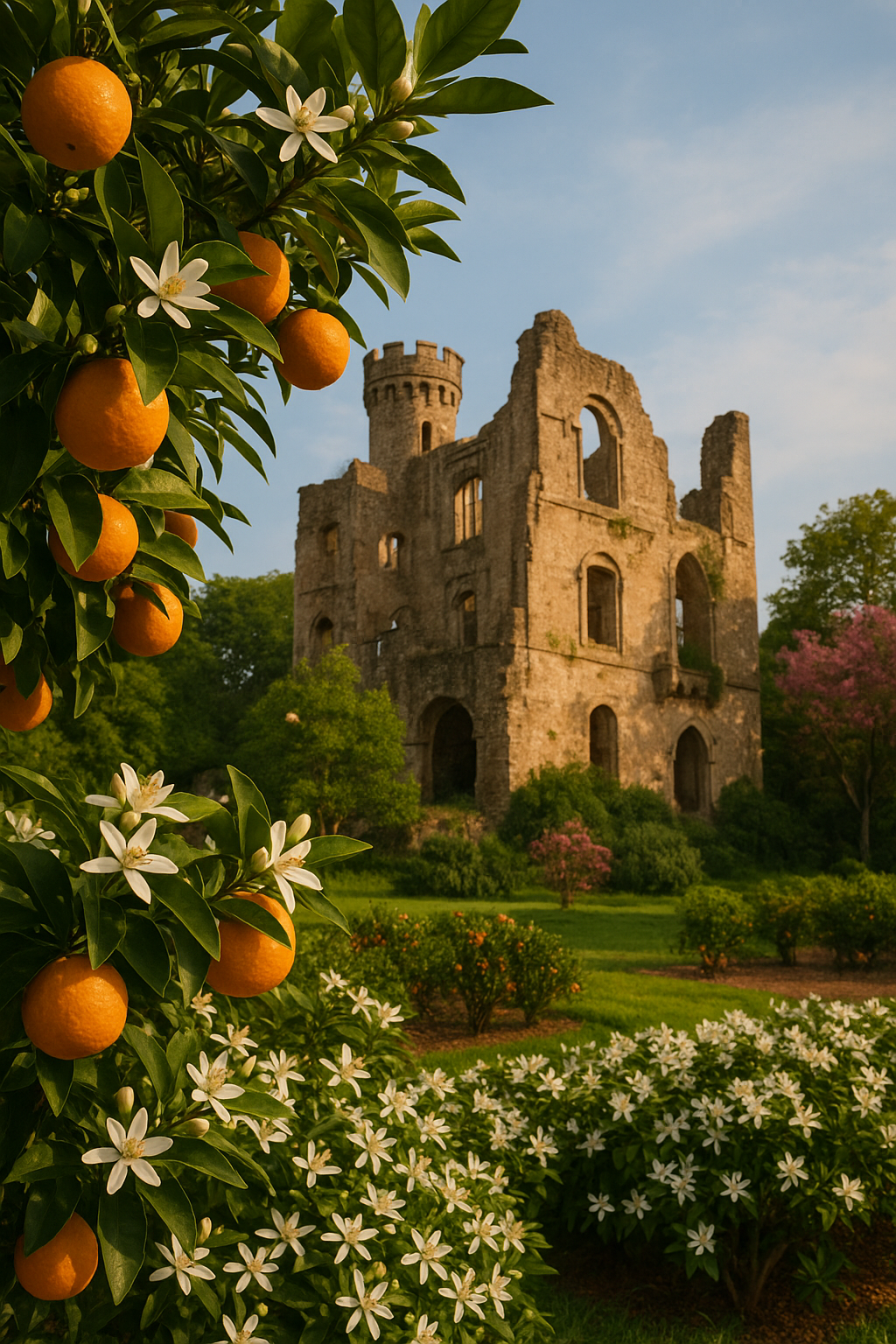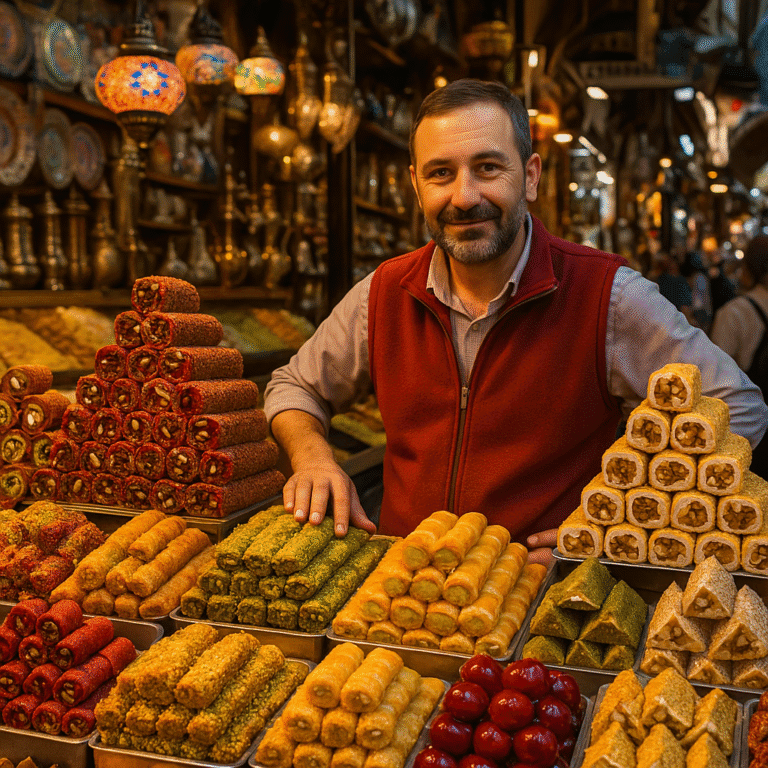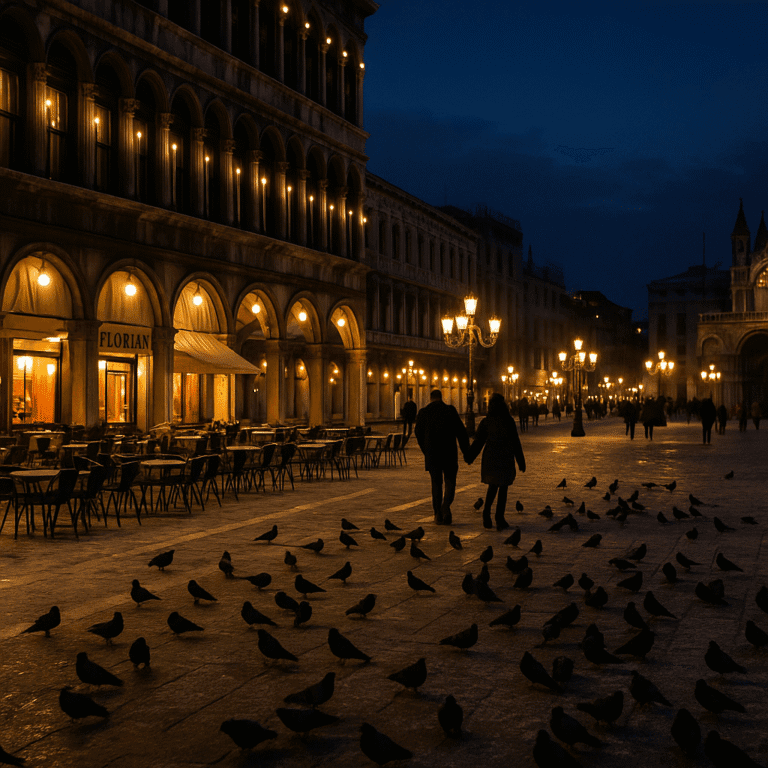“Il castello dove nacque il piccolo principe”

Il castello del conte e il piccolo principe è una storia che inizia con un viaggio: una partenza dal Sud Italia guidata dal mio bisnonno Michelangelo e dal suo fratello gemello Felice. Erano appena adolescenti, ma sapevano che il loro futuro non era lì. Nella loro terra natale, i briganti – gruppi ribelli e armati che si opponevano all'unità d'Italia – creavano un clima di violenza costante. Rapinavano, estorcevano denaro, attaccavano intere città. Vivere con tre sorelle maggiori in quell'ambiente era troppo rischioso. Così, con più coraggio che certezza, i fratelli presero una decisione: partire.
Anche i loro genitori, colti e con una visione più ampia del mondo, non volevano che quel destino incerto toccasse ai loro figli. Lì vicino, a Potenza, c'era una prestigiosa università, frequentata ancora oggi da migliaia di studenti. Il padre aveva studiato lì e lavorato come notaio, mentre la madre – una donna insolita per l'epoca – aveva studiato filosofia. Crescevano i figli con libri, ideali e una profonda consapevolezza del valore della conoscenza. Ma sapevano che la conoscenza da sola, in una terra in guerra, non bastava. Così, con dolore e speranza, sostenevano la partenza dei figli.
Scelsero l'Argentina. Più precisamente, una regione a nord-est di Buenos Aires: Entre Ríos, situata tra i fiumi Paraná e Uruguay. Una terra fertile e aperta, ricca di agrumi e vigneti, dove molti altri italiani avevano già trovato speranza. Concordia era la loro destinazione: una città immersa nella natura, che sembrava promettere un diverso tipo di vita.
A soli quattordici anni, lasciarono le Alpi Lucane e partirono verso l'ignoto. Ma il desiderio di libertà, pace e progresso diede loro le ali. Lavorarono sodo fin dal primo giorno e in seguito portarono con sé la famiglia. Nel corso degli anni, costruirono una tradizione: terreni agricoli, bestiame, rotte commerciali. Importarono i migliori esemplari di Shorthorn dall'Inghilterra. Con il loro impegno costante e la loro visione del futuro, divennero figure chiave nel mondo rurale di Entre Ríos, in Argentina.
Ma questa storia non riguarda solo loro.
Concordia, con la sua vegetazione lussureggiante, il clima umido e un fiume profondo e cristallino che scorreva come un'arteria viva, attrasse anche altri tipi di sognatori. Uno di questi era un nobile francese, il conte Demachy, che, abbagliato dalla bellezza del Parco di San Carlos, vi fece costruire un castello. Portò di tutto dall'Europa: marmi, mobili, lampadari di cristallo. E portò anche sua moglie, una ballerina che aveva abbandonato le scene per amore.
Per anni vissero lì come se quell'angolo fosse il loro regno tropicale. Il castello sorgeva in cima a una collina, circondato da lapachos rosa in fiore e jacaranda che ondeggiavano nella brezza del fiume. I tramonti illuminavano le pietre e le strade sterrate profumavano di aranci umidi.
Attratto anche dall'amicizia che lo legava al Conte e dai suoi numerosi inviti, un giovane aviatore francese sorvolò la regione. Alcuni dicono che provenisse dal Brasile e avesse deciso di spingersi più in là, in Argentina, per far visita all'amico. Ma il suo aereo ebbe un problema e dovette effettuare un atterraggio di emergenza nei pressi di Concordia. "Ho avuto bisogno di aiuto". Fu così che Antoine de Saint-Exupéry arrivò al castello.
Non era ancora l'acclamato autore di Il piccolo principe, ma piuttosto un esploratore dell'aria, un uomo solitario in una terra straniera. Lì, tra aranci e cieli aperti, ho trovato una pausa. Sorvolò i campi, percorse i sentieri del parco e, secondo molti resoconti, fu lì che iniziò a disegnare la sua opera più amata: Il castello del conte e il piccolo principe sarebbe poi diventato il simbolo di quel momento.
Forse fu quel mix di nostalgia, stranezza e tenerezza ad accendere la sua immaginazione.
Forse fu l'arrivo della primavera, con la fioritura dei fiori d'arancio, capaci di riportare ai teneri giorni dell'infanzia, a riportarlo a una storia innocente, ma soprattutto profondamente commovente.
Una storia che parlava dell'essenziale, senza fronzoli, come se solo un cuore puro potesse scriverla.
Perché a volte non serve un deserto per far apparire una volpe. A volte bastano un castello dimenticato, un cielo turchese e una città inaspettata.
Questo era il posto che molti avrebbero poi chiamato Il castello del conte e il piccolo principe, dove mito e memoria danzano all'ombra dei lapachos.
Il castello ebbe una fine improvvisa. Quando la moglie del Conte lo lasciò, anche lui decise di andarsene. Me ne sono andato con il cuore spezzato, abbandonando tutto. E la leggenda narra che dopo la sua partenza, gli abitanti del paese saccheggiarono il castello e alla fine lo incendiarono. Oggi, ne rimangono solo le rovine, ricoperte di muschio e ricordi.
Ma se si cammina in silenzio nel Parco San Carlos, lasciandosi guidare dal rumore del vento tra le foglie e dallo scricchiolio dell'erba alta sotto i piedi, sembra che qualcosa di quel mondo aleggi ancora. Come se Concordia custodisse nella sua aria umida le voci di coloro che sognavano di ricominciare – di coloro che sono venuti a scrivere, attraverso parole o azioni, una storia che ancora non esisteva.
E se il silenzio è vero, forse si potrebbe anche sentire il suono dolce degli zoccoli dei cavalli del Conte che attraversano il bosco, come una melodia che trascende il tempo





